By Hibu Websites
•
May 25, 2022
Saving money, increasing your building’s longevity, and using less energy is the trifecta of savings and efficiency for any business owner or facilities manager. SPF roo fing can dramatically increase a facility’s energy efficiency as well as the longevity of almost any roof. Coupling SPF roofing with solar power could lead to major wins for you and your organization. What Each Technology Brings to the Table Deciding to attach solar panels to your roof and install a foam membrane is a big decision, no matter which way you slice it. You should fully understand how each technology is going to impact your building’s energy efficiency. SPF foam is considered a ' cool roofing technology ' . Cool roofing technology is basically any roofing substance that allows a roof to maintain a cooler temperature than it would with a traditional roof covering. In terms of cool roofing, SPF provides several benefits that can add up to big increases in energy efficiency. SPF foam is typically light in color. And, if we think back on some basic science principles, we remember light colors reflect heat while dark colors absorb heat. The more heat your roof absorbs, the more heat will be transferred into the building. Because foam roofing does a great job of reflecting sunlight, building managers are able to maintain the building’s temperature using much less energy. Any HVAC technician worth his salt will tell you air leaks in buildings are a major cause of inefficiency as far as HVAC units are concerned. Air expands to fill whatever it is contained in, so naturally, if there are cracks and crevices in a building, it will find them and escape through them. Most conventional roofs are prime targets for escaping air. Not only do the roofs have seams, but there are also gaps and openings for items like vents and other HVAC equipment. These gaps and openings lead to air loss and a big decrease in energy efficiency. Foam roofing is the perfect antidote for decreases in energy efficiency through escaping air. If properly installed, SPF foam covers all of a roof’s seams, gaps, cracks, and crevices. It will automatically fill around any object that protrudes from or goes through the roof. After SPF foam is applied, you are left with a roof covering that is entirely one piece with no seams or gaps. This provides a tremendous boost in energy efficiency by reducing heating and cooling costs. Many business owners may think about upgrading to solar power and are wary of the cost. The great thing about solar power is you only have one significant expense to account for: the initial installation. After the initial installation there are rarely other costs associated with solar power. You can pay a little more upfront for solar power or continue paying for high-priced utilities month after month. It’s the financial question of whether you want to make a large investment upfront or smaller investments over a period of time. When you opt for solar power, you are not only making a decision about your company. You are making a decision about the future of your community and the future of our planet. The corporate responsibility that comes with making the decision to rely on solar power can be a truly tremendous benefit for many organizations. There is a vast amount of data showing that organizations who embrace social responsibility often see increased revenue, employee morale, brand equity and many more benefits. For example, according to the Network for Business Sustainability , “Improving environmental practices such as reducing pollution and improving waste management can lead to better financial performance through both increased revenues (e.g., enhanced brand equity) and lower costs (e.g., operational efficiencies).” Expected Cost of Solar Power Energy savings from solar power can be a gigantic boost to the financial bottom line of any organization. According to a study by Energy Sage, firms with commercial solar power configurations were able to decrease their overall energy expenditures by about 75%. The average electric bill for a business owner in the study was $1,950. After going with solar power, the electric bill became $500. That is a savings of $1,450 per month. If we extend this trend, we see that the average business owner is able to save $17,400 a year. Over a five-year term the business owner is boosting his bottom line by over $87,000 ! The cost of a solar panel varies depending on the make and model of the equipment as well as the solar panel installer. However, typically businesses are able to pay off their initial investment in three to seven years. The lifespan of a solar panel is 25 to 35 years. Realistically , a business could expect to receive free electricity for 20 to 30 years. Don’t Hesitate to Reach out If you want to start taking steps to increase your company’s bottom line through energy efficiency, drop us a line or give us a shout . We can guide you through the process of installing SPF roofing and answer any questions about the energy savings of SPF and Solar Panels!
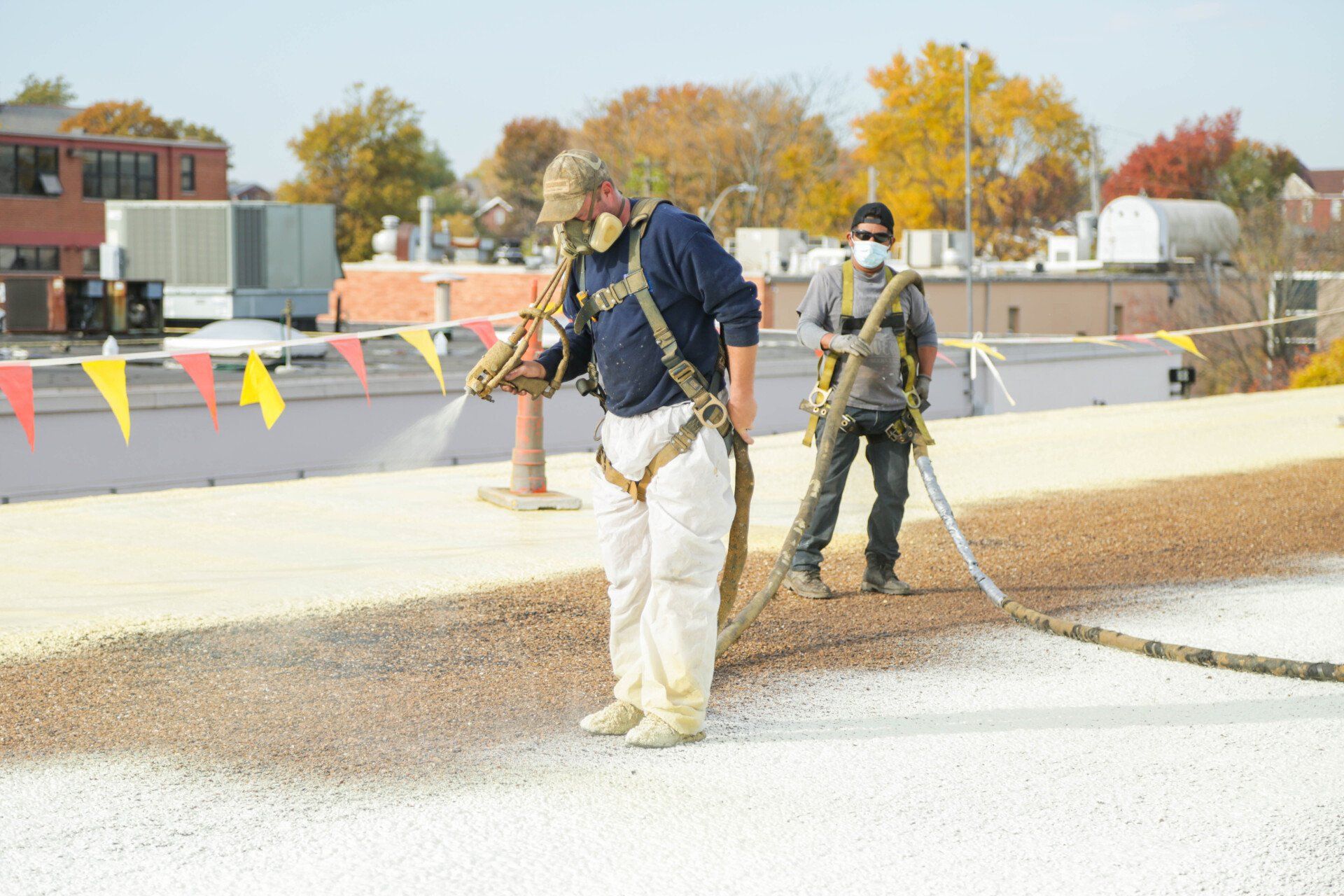


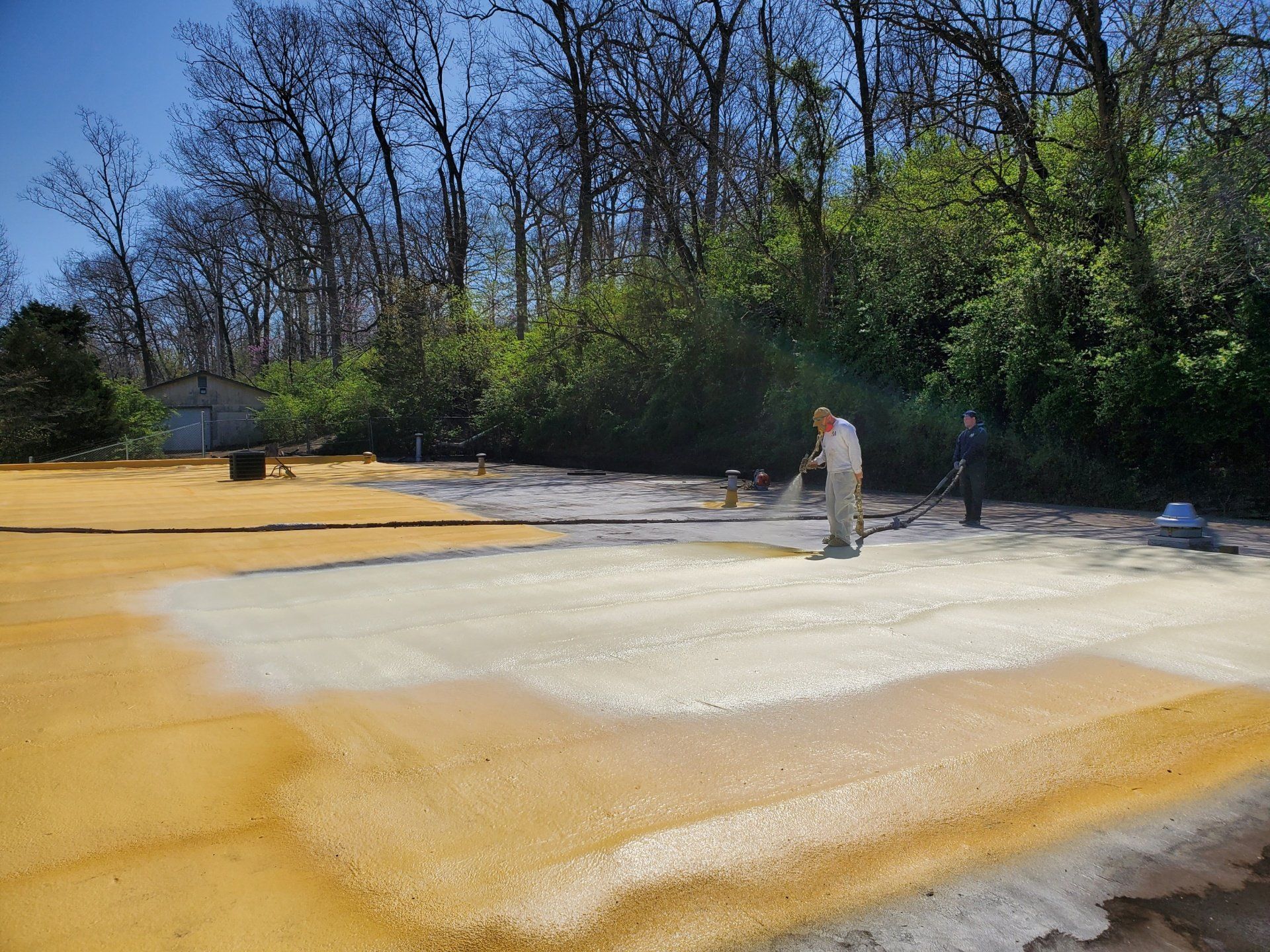
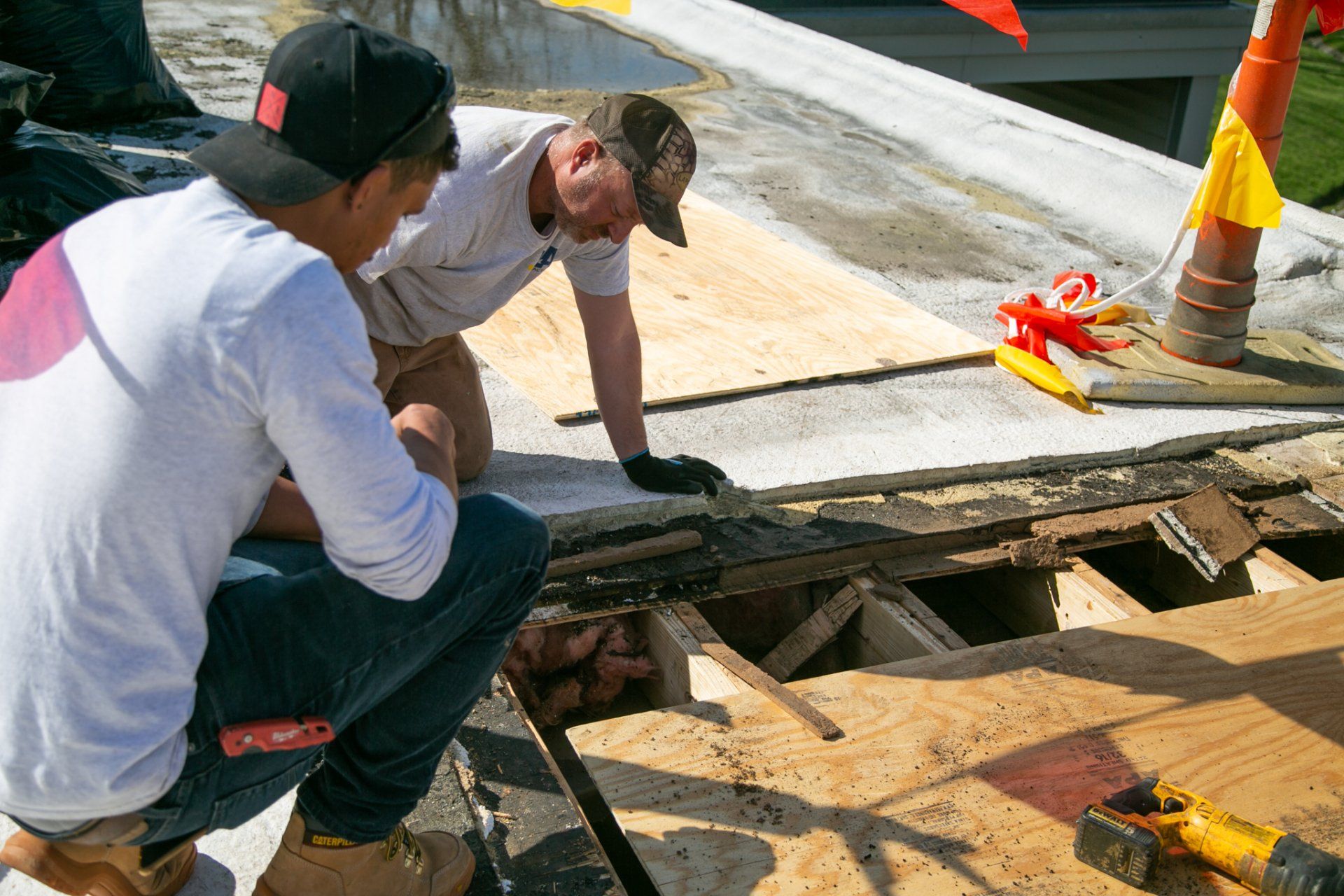
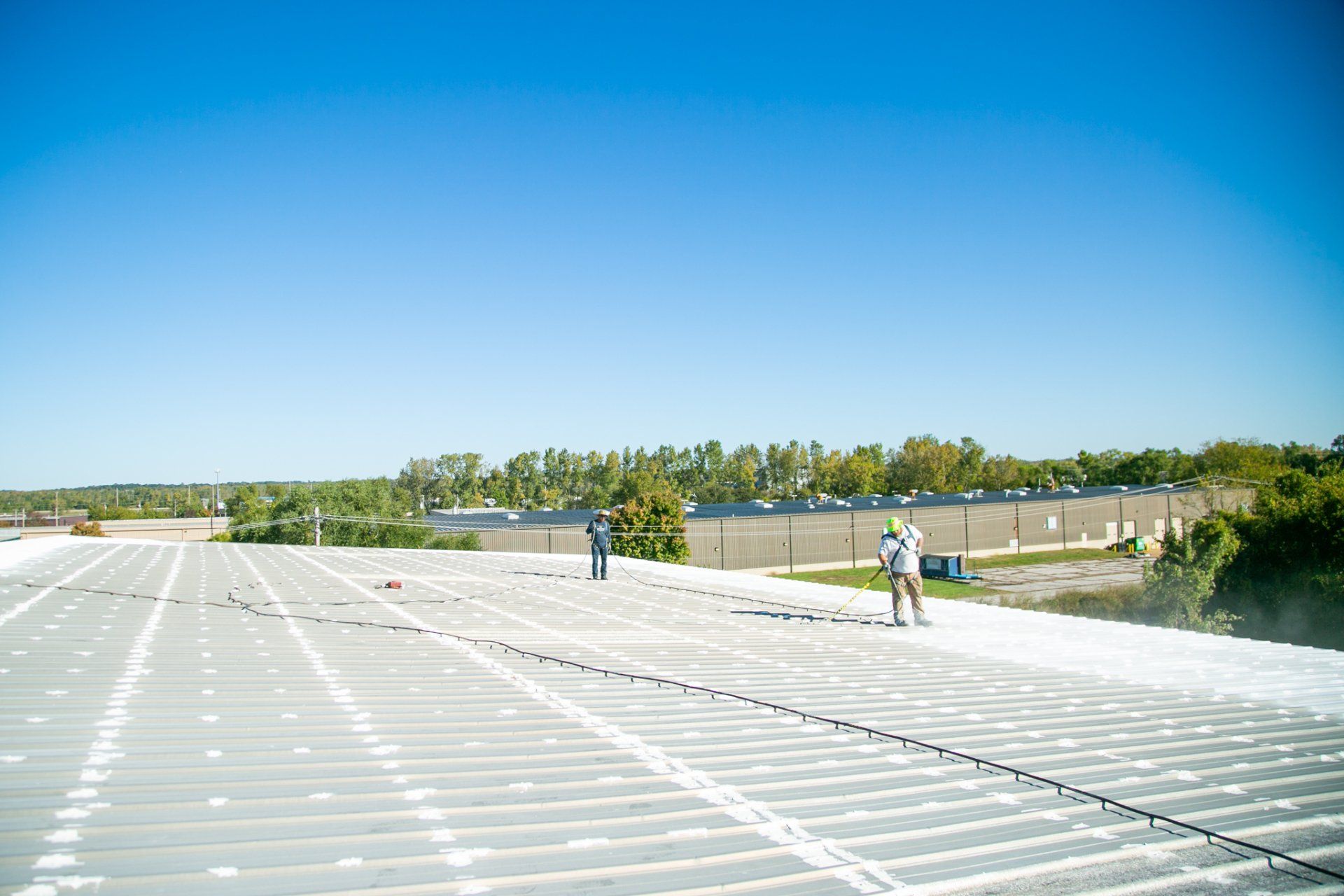


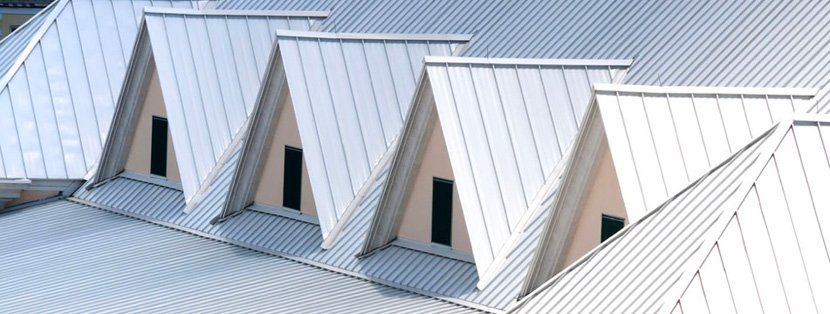
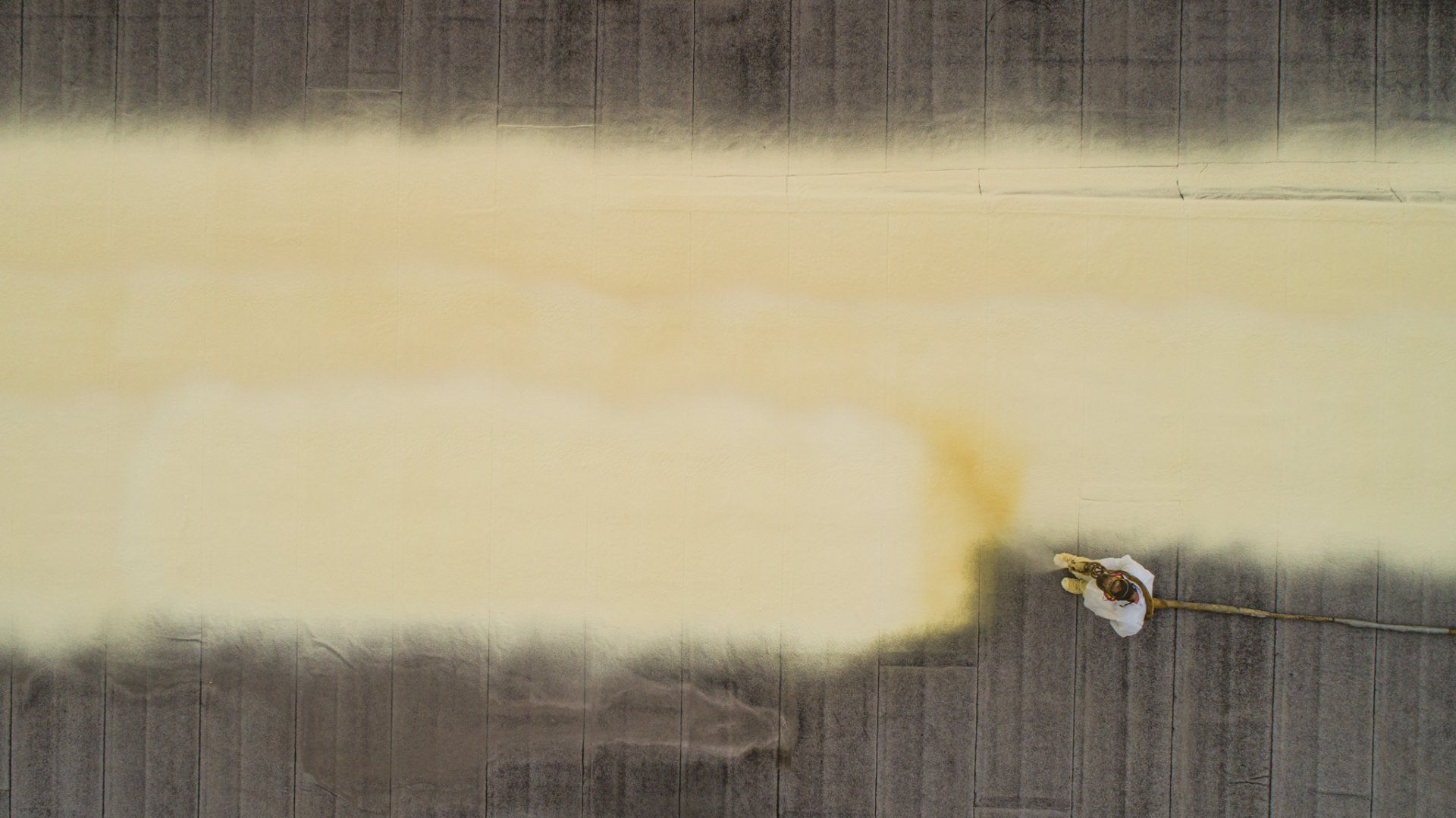
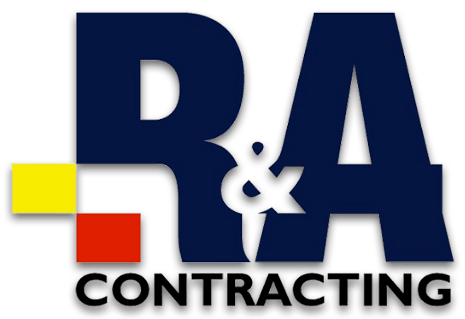
Share On: